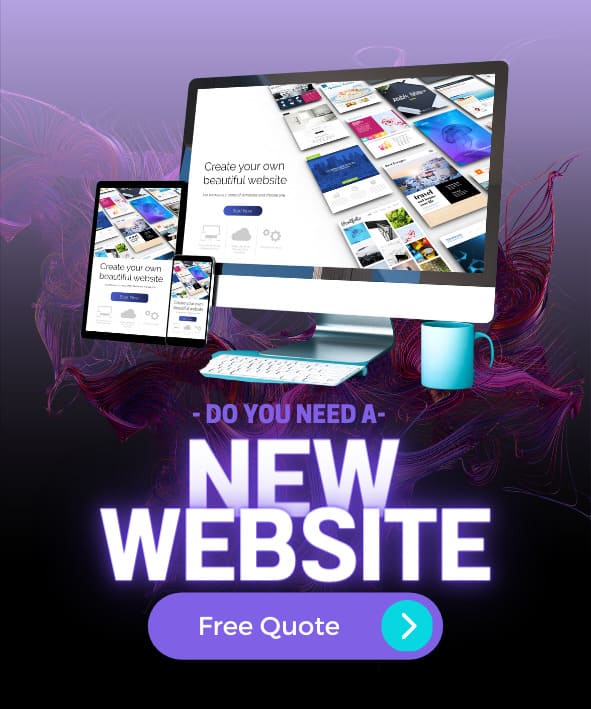Webinars are a powerful tool for engaging with your
audience, building brand authority, and generating leads. To maximize the
effectiveness of your webinars, you need strategies that captivate and involve
your audience from start to finish. Here are ten of the best strategies to
engage customers through webinars:
1. Choose Relevant Topics
Why It’s Important:
- Interest: Relevant topics attract more
attendees.
- Value: Provides valuable information
that meets the needs and interests of your audience.
How to
Implement:
- Audience Research: Conduct surveys or polls to
understand what topics your audience is interested in.
- Current Trends: Choose topics that are timely
and relevant to current industry trends.
Example: “A
digital marketing firm might host a webinar on ‘Top SEO Trends for 2024’ to
attract marketers looking to update their strategies.”
2. Promote Your Webinar Effectively
Why It’s Important:
- Awareness: Effective promotion ensures
that your target audience knows about the webinar.
- Attendance: Increases the likelihood of a
larger, more engaged audience.
How to
Implement:
- Multi-Channel Promotion: Use
email marketing, social media, and your website to promote the webinar.
- Clear CTAs: Include clear calls to action
to register for the webinar in all promotional materials.
Example: “Send
a series of reminder emails and create engaging social media posts with a link
to the webinar registration page.”
3. Use High-Quality Visuals and Presentation
Materials
Why It’s
Important:
- Engagement: Visually appealing materials
keep the audience engaged.
- Clarity: High-quality visuals help
convey your message more clearly.
How to
Implement:
- Professional Design: Use professionally
designed slides and infographics.
- Visual Aids: Incorporate videos, charts,
and images to illustrate key points.
Example: “Use a
mix of high-quality images, charts, and short video clips to make your
presentation more dynamic and engaging.”
4. Encourage Interaction and Participation
Why It’s Important:
- Engagement: Interactive elements keep
attendees engaged and involved.
- Feedback: Provides real-time feedback
and insights.
How to
Implement:
- Q&A Sessions: Include dedicated Q&A
sessions where attendees can ask questions.
- Polls and Surveys: Use polls and surveys
throughout the webinar to gather opinions and keep the audience engaged.
Example: “Start
the webinar with a poll to gauge attendees’ knowledge on the topic and
encourage them to submit questions for the Q&A session.”
5. Provide Valuable Content
Why It’s Important:
- Authority: Valuable content positions you
as an authority in your field.
- Retention: High-value content keeps
attendees interested and encourages them to stay until the end.
How to
Implement:
- In-Depth Information: Provide detailed and
actionable insights that attendees can use.
- Exclusive Content: Offer content that is
exclusive to the webinar, such as case studies or new research findings.
Example: “Share
a comprehensive case study that illustrates the application of your strategies
in real-world scenarios.”
6. Utilize Expert Speakers
Why It’s Important:
- Credibility: Expert speakers enhance the
credibility of your webinar.
- Engagement: Attendees are more likely to
engage with content presented by recognized experts.
How to
Implement:
- Guest Speakers: Invite industry experts or
influential figures to present or co-host your webinar.
- Panel Discussions: Organize panel discussions
with multiple experts to provide diverse perspectives.
Example:
“Invite a well-known industry expert to co-host the webinar and share
their insights on the topic.”
7. Follow Up with Attendees
Why It’s Important:
- Relationship Building: Following up helps
build relationships and keeps your brand top of mind.
- Feedback: Gather feedback to improve
future webinars.
How to
Implement:
- Thank You Emails: Send personalized thank you
emails with a summary of key points and additional resources.
- Surveys: Include a survey to gather
feedback on the webinar’s content and delivery.
Example: “Send
a follow-up email with a recording of the webinar, a copy of the slides, and a
link to a feedback survey.”
8. Offer Incentives
Why It’s Important:
- Motivation: Incentives can motivate more
people to attend and stay engaged throughout the webinar.
- Value Addition: Adds additional value to the
webinar experience.
How to
Implement:
- Exclusive Offers: Provide exclusive discounts,
free trials, or downloadable resources to attendees.
- Prizes: Run a contest or giveaway
during the webinar.
Example: “Offer
attendees a free eBook or a discount code for your services as a thank you for
attending the webinar.”
9. Make the Webinar Accessible
Why It’s Important:
- Convenience: Ensuring accessibility makes
it easier for a broader audience to attend.
- Inclusivity: Accommodates attendees with
different needs and preferences.
How to
Implement:
- Recording: Record the webinar and make it
available on-demand for those who couldn’t attend live.
- Transcripts: Provide transcripts and closed
captions for better accessibility.
Example:
“Record the webinar and send the link to all registrants, along with a
transcript and key takeaways.”
10. Analyze and Optimize
Why It’s Important:
- Improvement: Analyzing performance helps
you understand what worked and what didn’t, allowing you to improve future
webinars.
- Insights: Gain valuable insights into
attendee behavior and preferences.
How to
Implement:
- Metrics Tracking: Track key metrics such as
attendance rate, engagement level, and drop-off points.
- Feedback Analysis: Review feedback from attendees
to identify areas for improvement.
Example:
“Analyze metrics such as engagement during different sections of the
webinar and use feedback to refine your content and presentation style for
future webinars.”
Conclusion
Engaging customers through webinars requires careful
planning, high-quality content, and interactive elements. By choosing relevant
topics, promoting effectively, using high-quality visuals, encouraging
interaction, providing valuable content, utilizing expert speakers, following
up with attendees, offering incentives, making the webinar accessible, and
continuously analyzing and optimizing, you can create engaging and successful
webinars that resonate with your audience and drive business growth. Regularly
incorporating these strategies will help you maximize the impact of your
webinars and build stronger connections with your audience.












